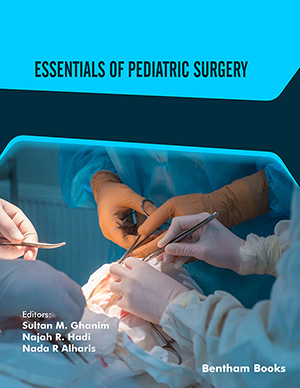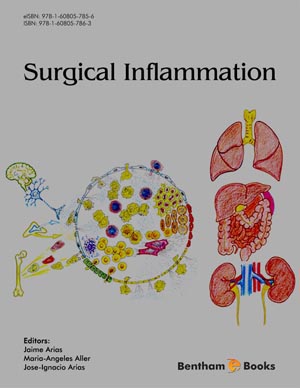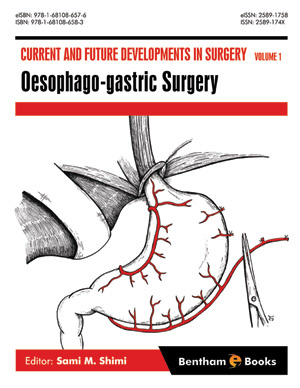Abstract
The transforaminal interbody fusion (TLIF) is a time-tested procedure for
treating various lumbar degenerative pathologies. This approach leverages an access
route through Kambin's triangle that typically requires a partial or total facetectomy for
access to the disc space and neural decompression. Since its first published description
in the early 1980s, the procedure has undergone extensive refinements concomitant
with technology and technique advancements. Traditional open TLIF is effective but
associated with adverse perioperative effects due to the amount of muscle dissection
necessary for exposure, including increased blood loss, hospital length of stay, and
extended recovery times. The transition to more minimally invasive, paramedian
approaches has sought to reduce the burden of these consequences. Spinal endoscopy
has witnessed a resurgence over the past decade paralleled by advancements in higher
resolution optical systems along with more robust and enduring endoscopic
instrumentation. This development, combined with increased awareness of healthcare
economic costs, problems with narcotic dependency surrounding open spine surgery,
and admission restrictions to hospitals during pandemic times, has fueled a push for
“ultra” minimally invasive variants of the traditional TLIF. Patients, payors, and
hospitals alike expect shorter inpatient stays, earlier mobilization and discharge from
the hospital, as well as narcotic independence faster than ever before. To this end,
awake endoscopic TLIF has recently been described with efficacious results to comply
with these broader factors. In this chapter, the authors explain their awake endoscopic
TLIF step-by-step and demonstrate the clinical advantages and the noninferiority data
to traditional MIS TLIF based on their clinical series's one-year outcomes data.
Keywords: Endoscopic interbody fusion, Posterior supplemental fixation, Transforaminal lumbar interbody fusion.









